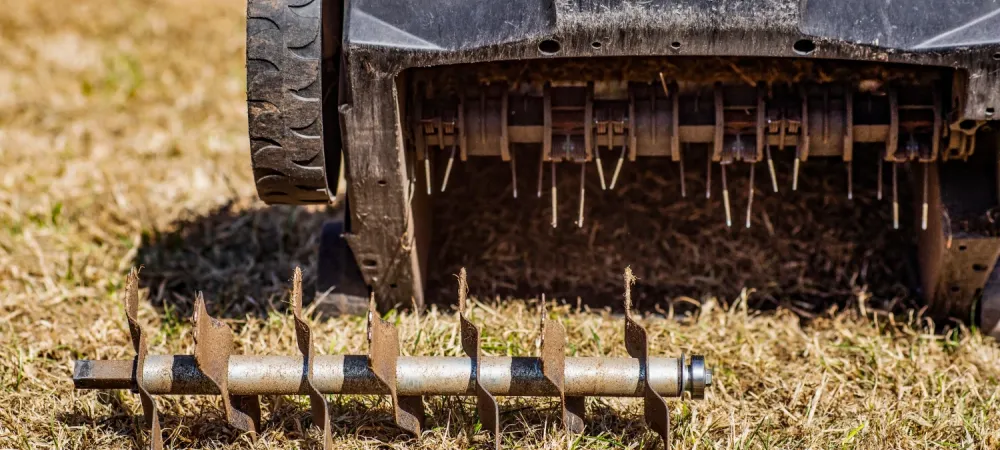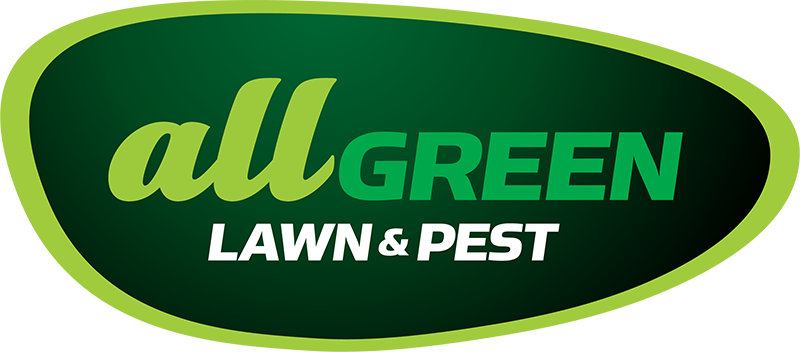Signs Your Lawn Has Poor Air Circulation

Keeping your lawn healthy goes beyond watering and mowing. One important part that many people overlook is air circulation. When air doesn’t move well through your soil and grass, it can lead to a long list of problems like worn spots, soggy sections, and weak grass growth. A lawn that can’t breathe properly is more likely to struggle no matter how often you water or fertilize it. That’s especially true during the warmer months when grass in Oklahoma faces more stress.
In places like Bethany, where summer tends to hit hard, poor air circulation can quietly damage a lawn before you even realize something’s wrong. It’s easy to mistake the signs for other common lawn problems if you don’t know what to look for. Understanding those early signals and knowing what causes them can help you avoid bigger issues down the line. One practical way to tackle this is by exploring professional lawn aerator services. Let's break down how to spot the problem early.
Recognizing the Signs of Poor Air Circulation
When a lawn isn’t getting good airflow, it shows. You might not notice it at first, but once the symptoms add up, the damage becomes more obvious. Here are a few signs to watch for:
1. Uneven Growth Patterns
- Some parts of your lawn grow faster and thicker while others feel bare or patchy
- Thin grass that doesn’t bounce back even after watering or feeding is a common clue
- You might even notice that certain spots don’t improve no matter what fertilizer you use
2. Increased Presence of Pests and Disease
- Poor air movement creates a damp, enclosed environment that pests love
- Lawn pests like grub worms or chinch bugs often appear more often in these conditions
- You could also see signs of fungus, such as brown patches or a white, powdery coating
3. Persistent Moisture Problems
- If your lawn has areas that remain wet longer than others, that could point to poor circulation
- Standing water after rain or irrigation is another key sign
- Mold or algae growth around the edges of soggy patches often comes along with this
An example many homeowners experience is when the middle of their lawn turns yellow or brown, but the edges near sidewalks stay green and full. That center section often has more foot traffic, leading to compacted soil and poor air circulation.
To solve these things, you need to understand not just what’s happening on the surface, but what's going on underneath too. That brings us to how poor circulation starts in the first place.
Causes of Poor Air Circulation in Lawns
Poor air circulation can often be traced back to several common causes. Understanding these origins can help you take the right actions to maintain your lawn’s health.
One major issue is soil compaction. When the soil becomes tightly packed, air cannot move freely through the roots. This often happens in areas with heavy foot traffic, such as in yards where kids play regularly or where large gatherings frequently occur. Without the room to breathe and grow, the grass struggles, and so does your lawn's health.
Then there's thatch build-up. Thatch is a layer of organic material that sits between the green grass and the soil. While a little thatch can help protect the lawn, too much of it blocks air, water, and nutrients from reaching the roots. If your lawn feels bouncy or spongy to walk on, you might have an excessive thatch problem that needs attention.
Poor lawn care practices also contribute to poor airflow. Cutting the grass too short weakens growth, while over-watering can lead to soggy lawns and more chance of mold. Irrigation problems, like watering at the wrong time of day or too frequently, can also limit how well air circulates through both the grass and soil.
How to Improve Air Circulation
Improving air circulation comes down to a mix of professional help and practical, ongoing care. Here are some solutions that can make a big difference in how your lawn looks and feels.
Hire professional lawn aerator services. These services involve punching small holes into your lawn’s soil, allowing air, water, and nutrients to move freely down into the root zone. This helps reduce compaction and creates better conditions for growth. Aeration is one of the most effective ways to restore airflow to stressed or compacted areas.
At the same time, don’t overlook your everyday maintenance routine. Mow the grass at the right height so it can stay healthy without becoming weak or dry. Water your lawn in the early morning, giving the soil a chance to absorb moisture before the sun evaporates it. This helps reduce standing water and cuts down the risk of fungus.
Dethatching your lawn when needed is another important step. If you notice the grass feels too thick or soft, thatch may be preventing air from getting to the soil. Removing this extra layer and possibly overseeding once it's clear can help remove the barrier and promote better airflow.
Preparing for Seasonal Changes
The techniques that work for air circulation also need to fit with the specific needs of each season.
As summer rolls in, grass can become more sensitive to heat, humidity, and heavy foot traffic. During this time, adjust your mowing height to let the grass grow slightly taller. Taller grass helps shade the soil and retain moisture, making it easier for air and water to reach the roots.
Water deeply but less often, keeping irrigation to early morning hours to avoid evaporation and reduce mold risks. Because these warmer months increase the chances of problems like mold, poor growth, and pest activity, staying active with lawn care becomes even more important.
When basic care doesn’t seem to help or you’re not sure what the exact problem is, it may be time to bring in professionals. Lawn experts can spot signs of compaction, thatch, and other circulation problems quickly. They can also provide targeted services like aeration and dethatching at the right time to solve them efficiently.
How to Keep Grass Healthier Year-Round
Poor air circulation can slowly drain the life out of your lawn. It might start small, with a few patchy spots or signs of pests, but over time the damage spreads and becomes harder to reverse. Areas like Bethany often see dry spells and intense summer heat, which makes these conditions worse if left untreated.
Noticing problems early, understanding the causes, and responding with the right treatment can protect your lawn from that fate. Whether it’s compaction under heavy-use areas, hidden thatch buildup, or watering issues, the right fix often starts with professional lawn aerator services. When roots get the right mix of air, water, and nutrients, your lawn gets back the strength to thrive.
By focusing on how air moves through your lawn and what keeps it healthy, you can create an outdoor space that stays green, full, and strong—even during summer’s toughest weeks.
By making sure your lawn gets the attention it needs, you can prevent common issues caused by poor airflow and soil compaction. Give your yard the boost it deserves with help from the experts at All Green Lawn & Pest. Learn how our lawn aerator services can improve circulation and support stronger, healthier grass all season long.
